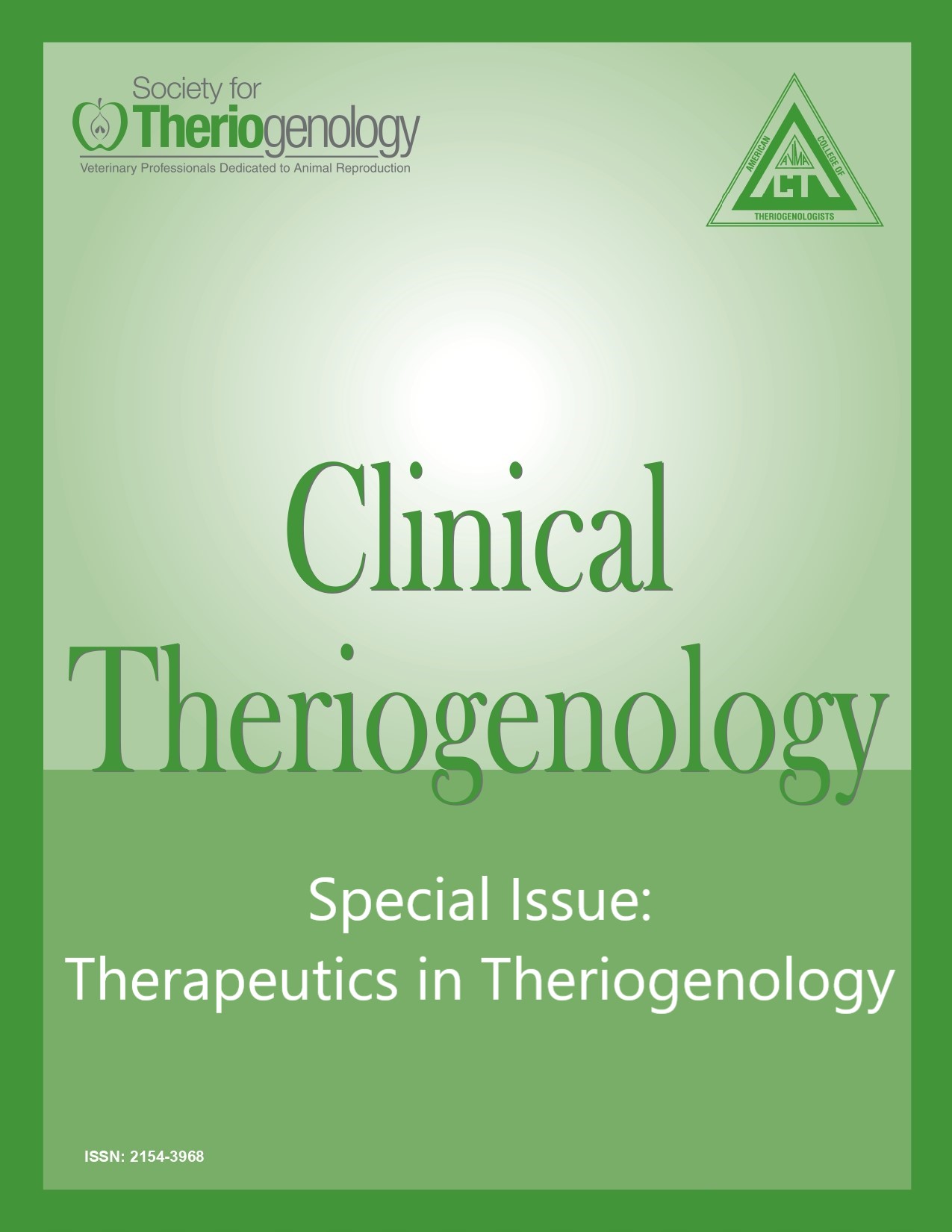Effects of buserelin on the reproductive performance in transitional and anestrous mares
Abstract
Breeding mares early in the year can alleviate economic pressure by increasing the number of estrous cycles per season, recovery of embryos per season or recovery of embryos prior to the beginning of performance season. Pharmacological manipulation of anestrus and transition periods is managed indirectly by increasing the photoperiod or directly using exogenous GnRH, GnRH agonists, pituitary extracts, gonadotropins, dopamine antagonists, progesterone, and estrogens. Efforts to evaluate the effectiveness of GnRH and its agonists (goserelin, deslorelin, historelin, and buserelin) to induce ovarian follicular development and return to cyclicity in anestrous and transitional mares have had conflicting results. However, specific buserelin protocols appear to actively stimulate folliculogenesis under the influence of a short-duration lighting program. Additionally, buserelin treatment is effective in producing adequate ovulatory, pregnancy, and return to estrus rates.
Downloads
References

This work is licensed under a Creative Commons Attribution-NonCommercial 4.0 International License.
Authors retain copyright of their work, with first publication rights granted to Clinical Theriogenology. Read more about copyright and licensing here.





